Staph infections in dogs can be incredibly serious, but the good news is – there are ways to reduce the risk and prevent your dog from falling victim to this hidden threat. We all know that dogs, cats, and other pets can suffer from many of the same diseases that affect humans, like cancer, arthritis, and even heart disease. But when it comes to staph infections, how do dogs actually catch them?
First, let’s break down what staph infections are. The term “staph” stands for Staphylococcus, a group of bacteria that live on the skin of both humans and pets, though they differ in types. Typically, staph bacteria are harmless, simply floating around the skin, doing their own thing. But when conditions change, they can take advantage of the situation, rapidly multiplying and causing irritation and rashes – and that’s when things get serious.
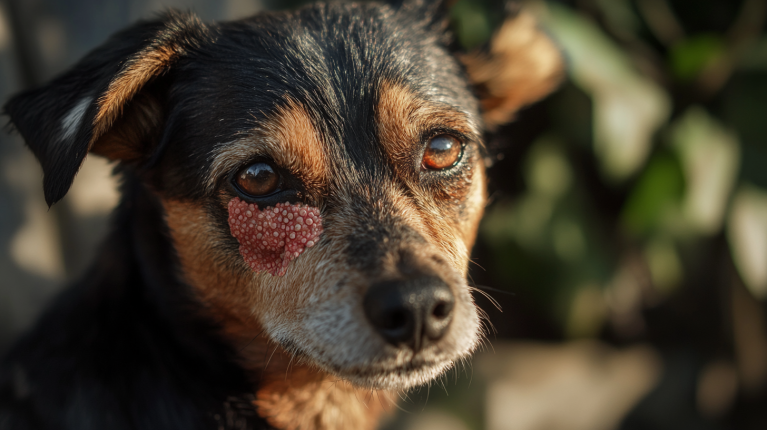
Staph Infections – A Sneaky Threat to Your Dog’s Health!
So, how exactly can your dog get infected with staph? There are several circumstances where the risk becomes much higher, including:
- Weakened immune systems
- Previous skin irritation
- Underlying diseases
- Fleas and insect bites
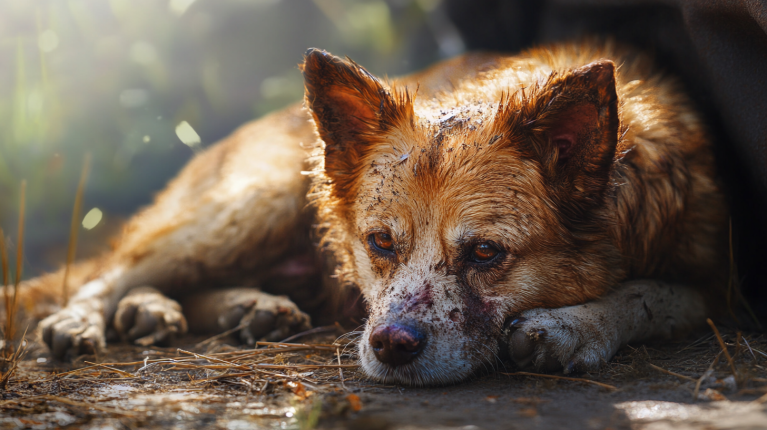
Any factor that forces the body to work harder to fend off bacterial attacks, like illness, or any situation that causes skin irritation, such as constant scratching from flea bites, can create the ideal conditions for staph bacteria to spread and become problematic.
Humans Can Spread Staph to Dogs – And It’s Worse Than You Think!
Believe it or not, staph bacteria can actually be transmitted from humans to pets. Even worse, some strains of staph are antibiotic-resistant – MRSA (Methicillin-Resistant Staphylococcus Aureus) being one of the most common culprits. While it’s not necessarily a “stronger” pathogen, MRSA has evolved to resist many antibiotics, making it much harder to treat.

Prevention: How to Shield Your Dog from the Staph Menace!
The good news is that prevention is key, and with a few simple hygiene practices, you can drastically reduce the risk of your dog getting infected. Proper hygiene habits make a world of difference!
- Wash your hands thoroughly and regularly, especially after handling your pet or cleaning up after them.
- Be mindful of your dog’s activities – don’t let them roam in areas where bacteria thrive.
- When you’re cleaning your dog’s paws (especially after a trip to the vet or a hospital), use pet-safe wipes and make sure their paws are clean and dry before they walk around.
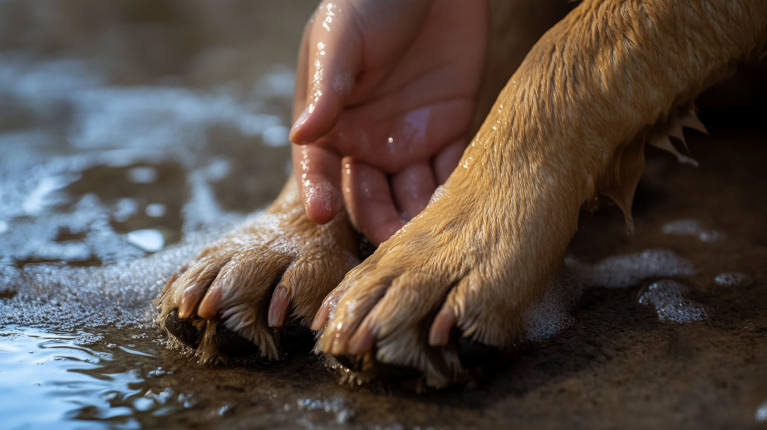
- Wearing gloves while cleaning your yard or litter box is crucial, and don’t forget to wash your hands afterward.
- Keep your dog away from fleas! Fleas cause so much more than just itching – they can lead to excessive scratching and irritation, setting the stage for a staph infection.
How to Spot Staph Infections in Dogs: The Early Warning Signs You Need to Know!
Wondering how to tell if your dog has caught a staph infection? The symptoms can be pretty obvious. You may notice:
- Red, inflamed patches of skin
- Blisters filled with pus and/or scabs
- Excessive scratching – your dog might seem obsessed with scratching the infected area.
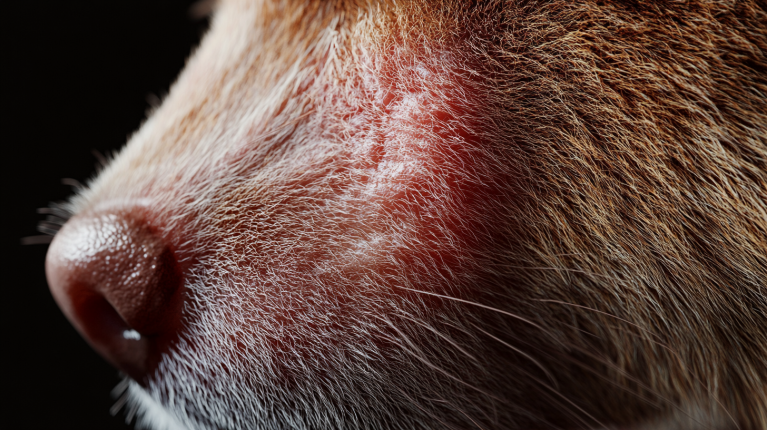
If left untreated, the infection could escalate, and your dog might become lethargic, lose their appetite, and even develop a fever. Keeping wounds clean is essential. If your dog has recently undergone surgery, make sure to check the wound regularly for signs of irritation.
Treatment: Don’t Panic – Staph Is Treatable!
The good news is that most staph infections are treatable with antibiotics. In many cases, your vet will prescribe antibiotic creams or ointments to apply directly to the infected area. Even MRSA strains, though harder to treat, usually respond to certain antibiotics, so there’s hope!
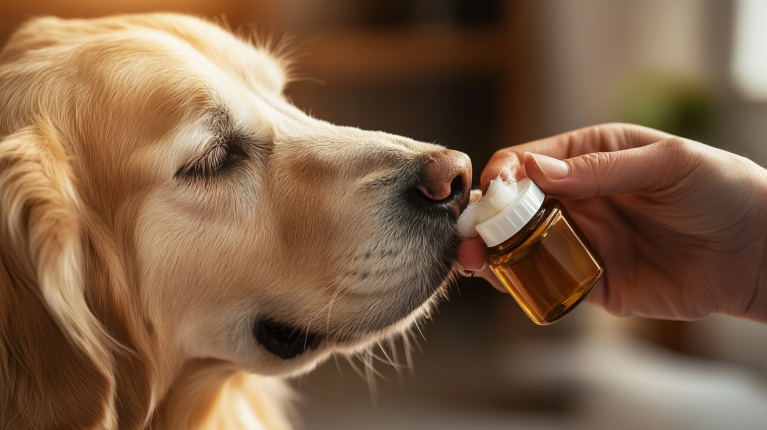
So, How Exactly Does Your Dog Get Staph?
The method of infection is very similar to how humans get it – poor hygiene, skin irritation, and weakened immune systems all increase the likelihood of your dog catching a staph infection. Keeping your dog and their environment clean, regularly grooming them, and watching out for fleas and other pests can significantly reduce the risk. And, most importantly, wash your hands!
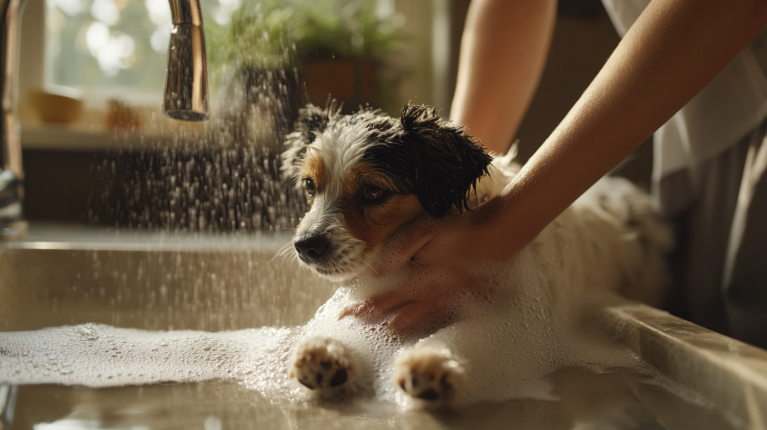
Conclusion:
Staphylococcus infections are a common health issue in dogs, but they can be completely prevented with effective precautions. Maintaining good hygiene, regularly cleaning your dog and its environment, preventing flea infestations, and addressing skin irritation and immune system problems are all crucial preventive measures. While a staph infection can lead to serious skin issues and even threaten your dog’s health, early detection and proper treatment can ensure a full recovery. The key takeaway is not to overlook the basics of cleanliness and health management—keeping your dog and its living space clean and sanitary is the best strategy for preventing all types of bacterial infections.



















